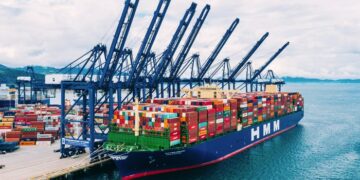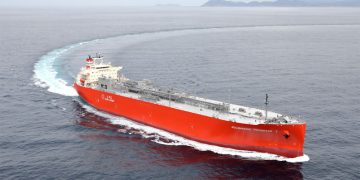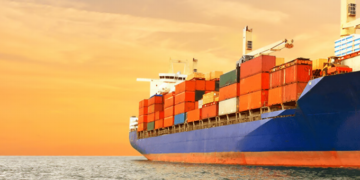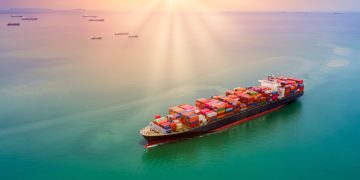Improper stowage of oversize steel
Experience Feedback As a port captain, I recently handled the discharge of a project cargo consignment of oversize steel structurals loaded inside the hold and on the hatch cover of a heavylift cargo vessel. Each lift was between 30 and 40 metres long, and almost identical in height (3 metres) and width (2 metres) and weighed an average of about 55 metric tonnes. Both loading and unloading was done using ship's twin cranes used in tandem (Gemini) mode.In line with my past experience, none of the lifts bore proper markings to show the gross weight, slinging method and centre of gravity. Further, the pieces were randomly loaded with some stowed standing on the flanged base (vertical orientation) and others on the side (horizontal orientation). Proper lifting padeyes were welded on both sides of each lift, indicating that they were designed to be lifted and stowed in a vertical orientation only. The consignment was destined for a project site deep in the hinterland, involving transportation on a single lane road by special trailer for a distance of nearly 900 kilometres from the discharge port. Fearing the trailer could overturn if the lifts were loaded in the vertical orientation, the road haulier ...
Read more


















































